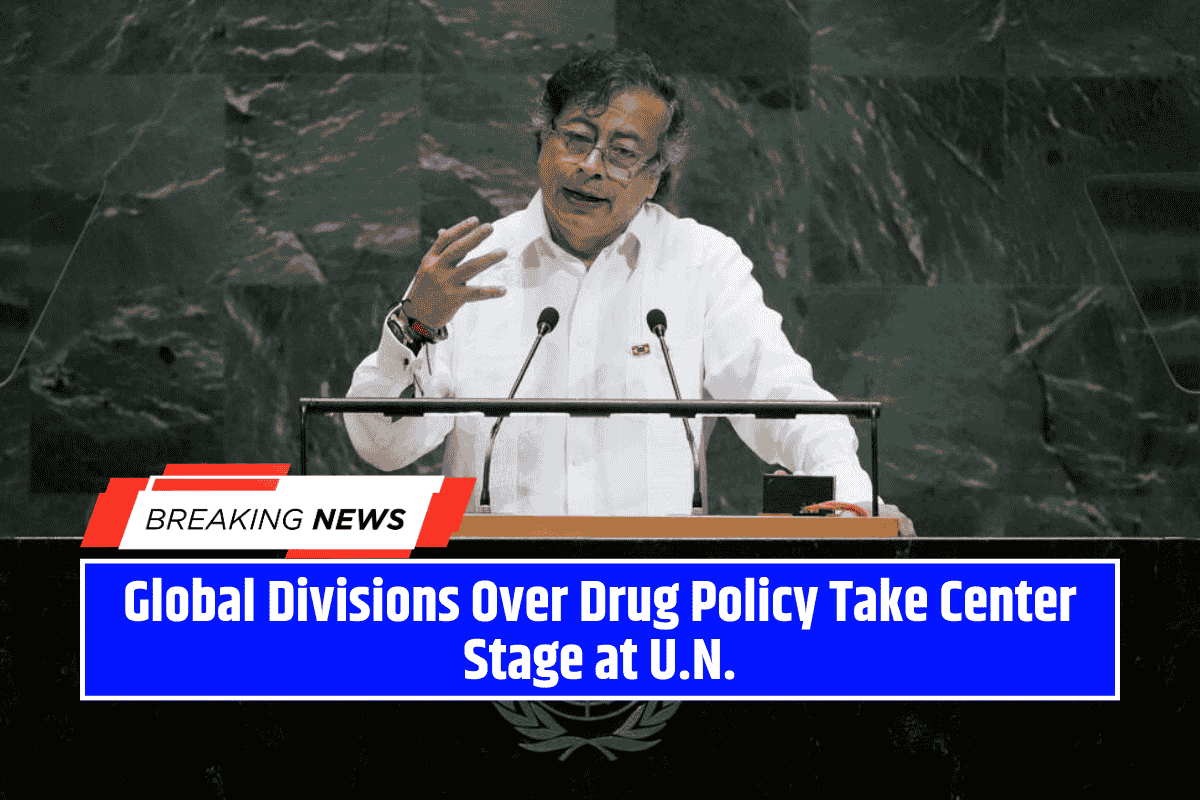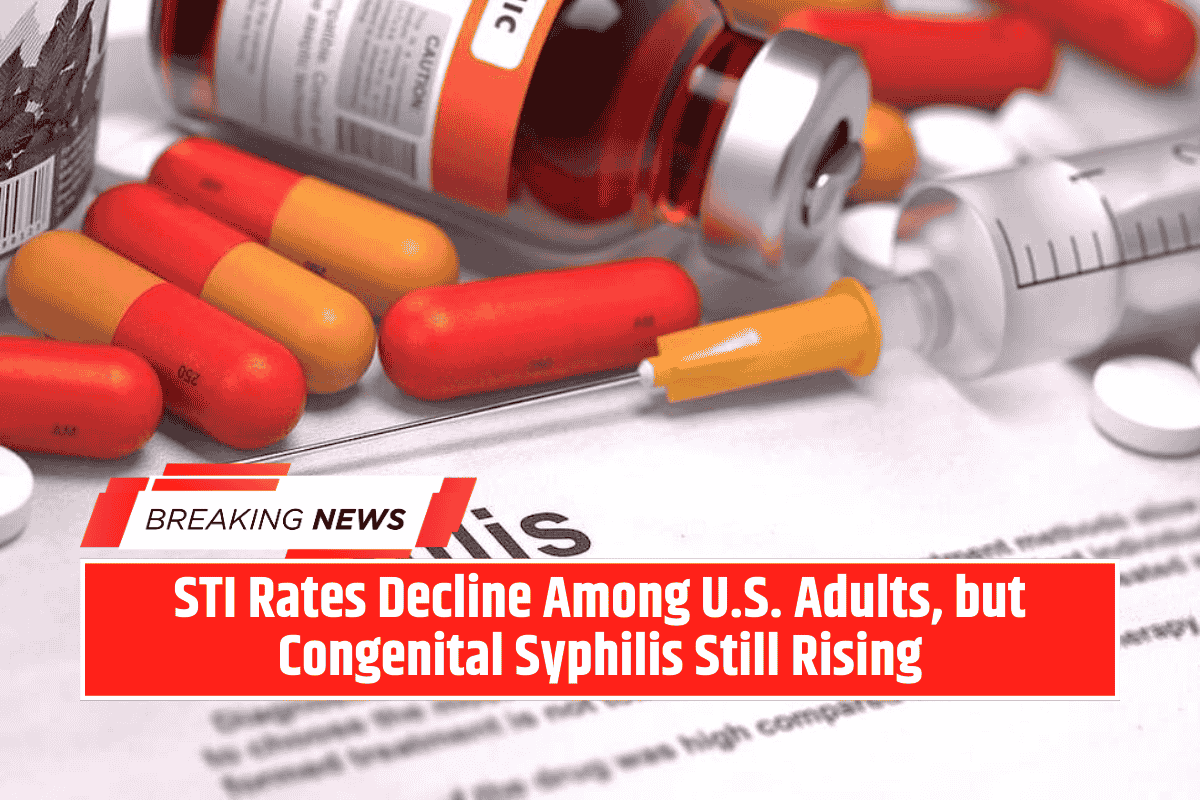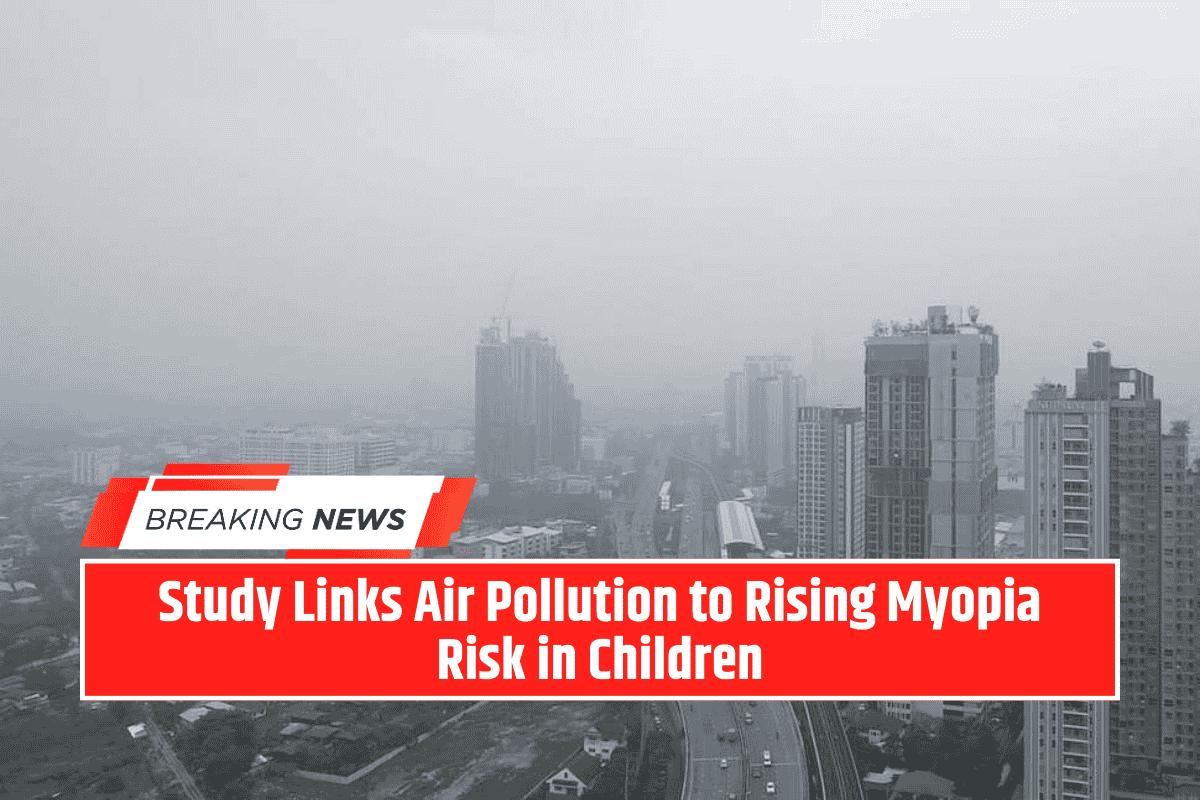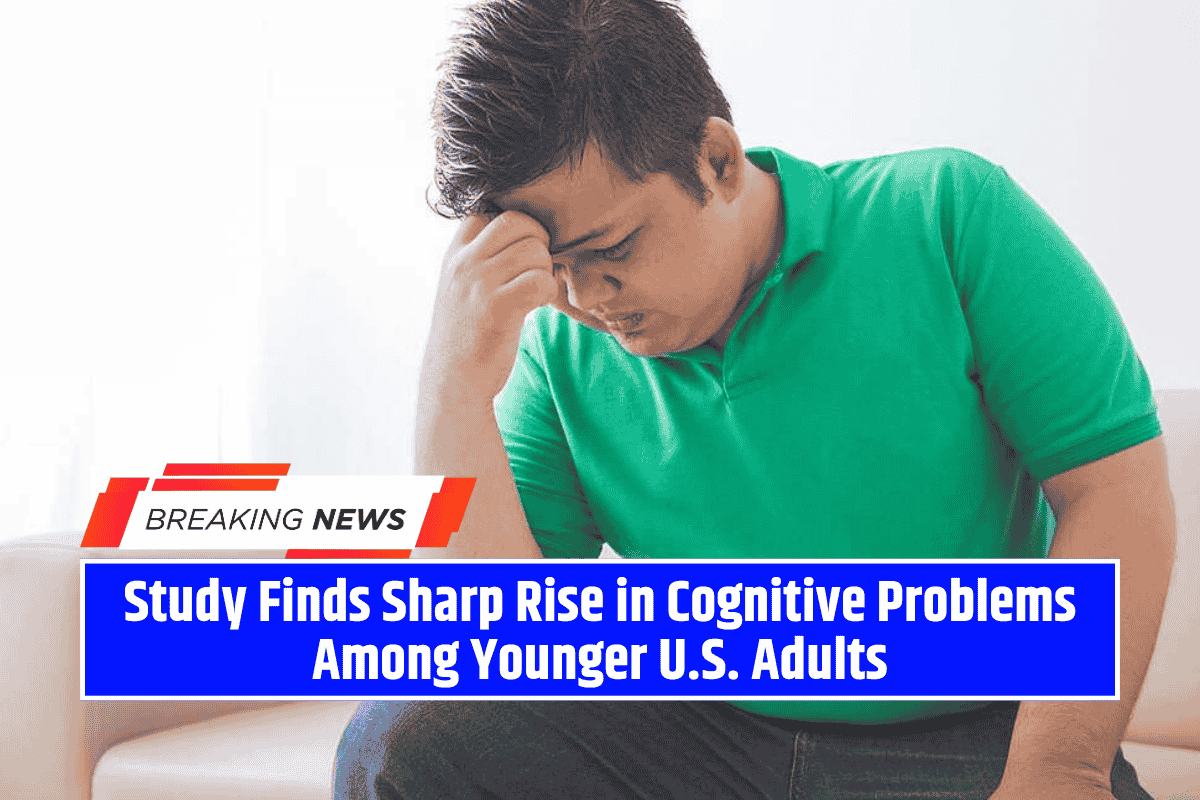The Advisory Committee on Immunization Practices (ACIP), under the leadership of Health Secretary Robert F. Kennedy Jr., recently concluded a heated two-day meeting, failing to provide definitive recommendations on who should receive a COVID-19 shot this fall.
The panel’s discussions centered around safety and efficacy data, but ultimately, they voted to emphasize “more consistent and comprehensive informed consent processes” rather than making explicit eligibility recommendations.
ACIP’s Decision to Focus on Informed Consent
During the September 19 meeting, the ACIP panel voted to prioritize promoting informed consent processes. Panel member Retsef Levi explained that the aim was to encourage better communication between patients and medical providers about the risks and benefits of vaccination, especially in the face of ongoing uncertainties.
“We don’t intend to prescribe to the CDC exactly what language to use,” Levi clarified, emphasizing that the decision was more about ensuring patients are informed rather than making specific vaccination recommendations.
The panel also suggested that decisions regarding vaccination for both children and adults should be individualized, focusing on those at an increased risk for severe COVID-19.
While this is not a direct recommendation, it aligns with earlier actions by the FDA, which approved updated COVID-19 vaccines for individuals aged 65 and older and those with existing health conditions. The FDA also revoked emergency use authorizations for children under five, limiting their access to the vaccine.
State-Level Vaccine Guidance and Diverging Policies
Despite the ACIP’s inability to provide clear guidance, several states have taken matters into their own hands, issuing their own recommendations for COVID-19 vaccines.
States like California, Oregon, and Washington have formed an advisory council to release their own vaccine guidelines for the West Coast, while other states, including Colorado, Pennsylvania, New York, and Minnesota, have issued executive orders or additional guidance on the matter.
These state-specific actions contribute to a growing patchwork of COVID-19 vaccine policies across the nation, adding to the confusion surrounding federal recommendations.
Health Insurance Companies Commit to Covering Vaccines
Amidst this uncertainty, health insurance companies have pledged to continue covering COVID-19 vaccines with no cost-sharing for patients until the end of 2026.
This commitment, announced by America’s Health Insurance Plans, ensures that financial barriers will not prevent individuals from accessing the vaccine, though access and eligibility issues remain complicated by state-level differences.
Rising COVID-19 Cases and Wastewater Surveillance Data
As vaccine debates continue, COVID-19 levels remain concerning, with wastewater surveillance data showing “high” levels of the virus across the country.
According to WastewaterSCAN, a network run by Stanford and Emory University, the high levels of COVID-19 detected in sewage suggest that the summer surge has carried into September. This data underscores the importance of continued vigilance and vaccination efforts as the virus persists in communities.
ACIP’s Chaotic Two-Day Meeting
The ACIP’s September meeting, which included debates, delays, and revotes, concluded with several significant decisions. One notable vote occurred on September 18 when the panel decided to no longer recommend the combination vaccine for measles, mumps, rubella, and varicella (MMRV) for children under four years old.
Although this change does not directly affect recommendations for the separate MMR and varicella vaccines, health experts have expressed concerns that it could lead to confusion and mistrust.
The ACIP’s Controversial Votes and Delays
The ACIP also voted to continue covering vaccines for children under four through the Vaccines for Children program, which provides free vaccines to children from low-income families. However, this decision was reversed the following day.
Additionally, the committee pushed back a key vote on delaying the hepatitis B vaccine for babies due to discrepancies in the language used, tabling the vote indefinitely.
In another contentious moment, the committee nearly voted to require prescriptions for COVID-19 vaccines at the state and local levels, but the vote ended in a tie, which was broken by ACIP chair Martin Kulldorff. Kulldorff ultimately rejected the proposal, leading to further criticism from public health experts.
Calls for Seriousness in Vaccine Policy Decisions
Public health leaders, such as Dr. Richard Besser, president and CEO of the Robert Wood Johnson Foundation, criticized the politicization of vaccine policy decisions. Besser urged the ACIP to approach their work with the seriousness and scientific rigor it requires, warning that the consequences of poorly made decisions could have severe health repercussions for the nation.
The Broader Impact of ACIP’s Vaccine Recommendations
ACIP recommendations have far-reaching consequences, guiding school vaccine requirements and impacting government programs that provide free vaccinations for children.
Under the leadership of Robert F. Kennedy Jr., the Department of Health and Human Services (HHS) has implemented several significant changes to COVID-19 vaccine policy, including the focus on older individuals and high-risk groups while halting nearly $500 million in mRNA research projects.
The ACIP’s failure to provide clear, definitive guidance on COVID-19 vaccine eligibility for the fall highlights the increasing fragmentation of vaccine policy in the U.S.
As state and local jurisdictions move toward their own guidance, the situation continues to evolve, leaving many to wonder how this will impact public trust and the broader vaccination effort across the nation.









